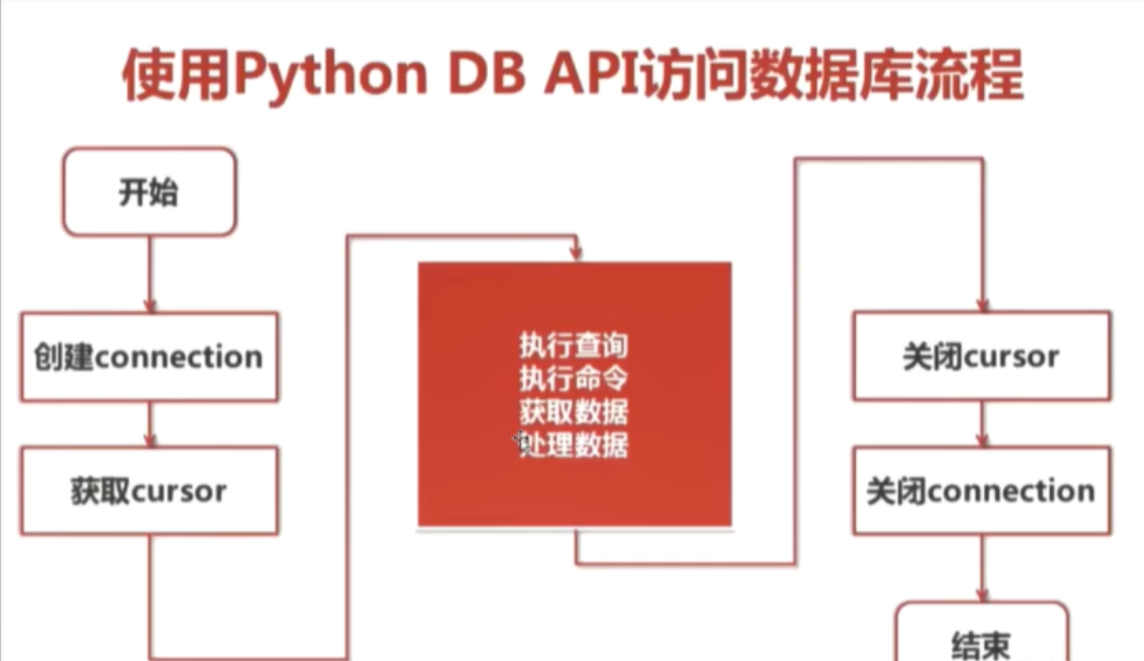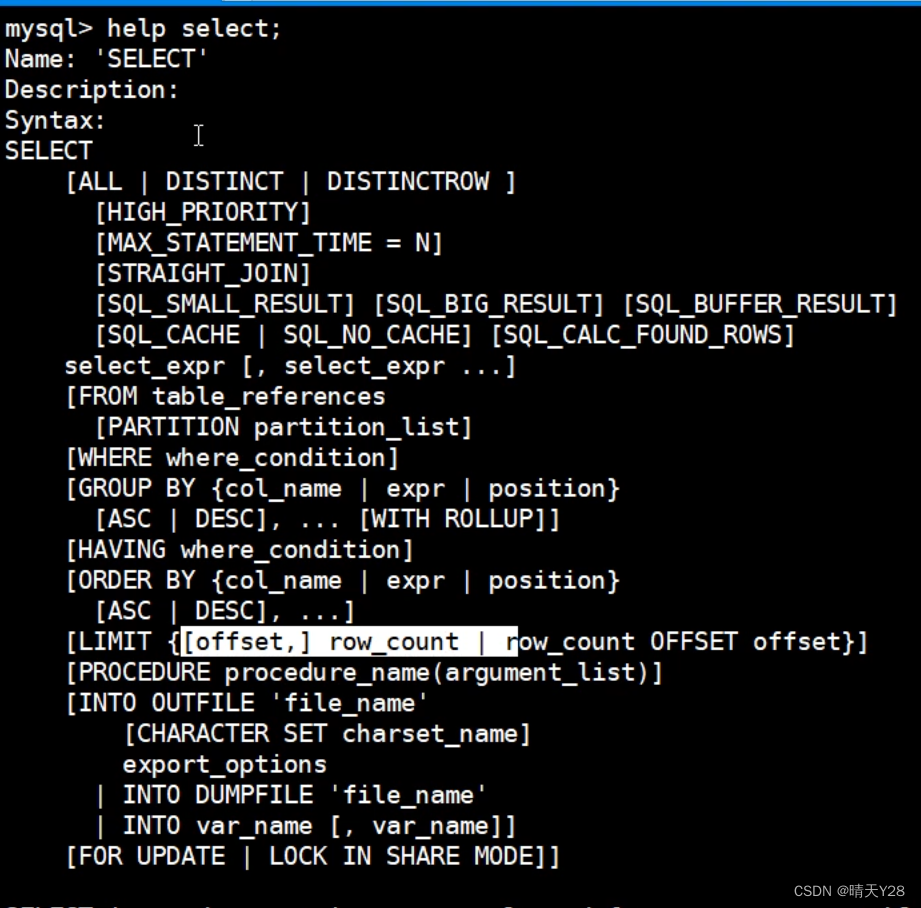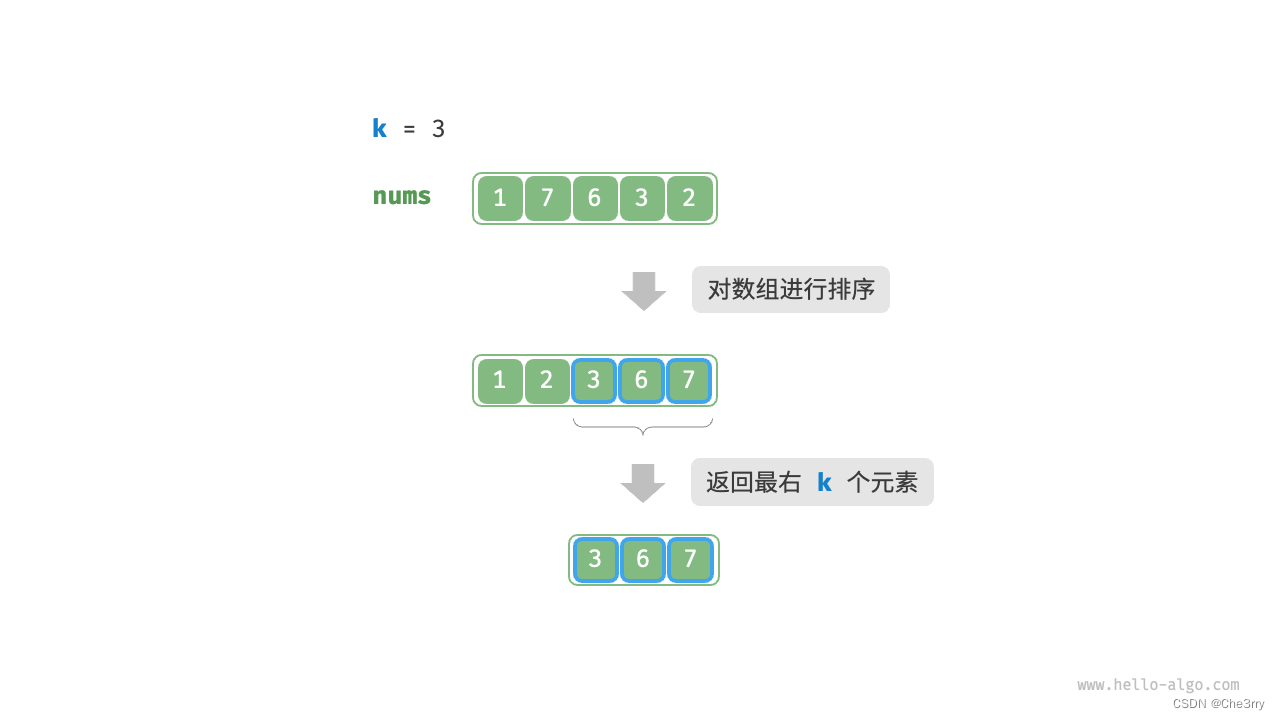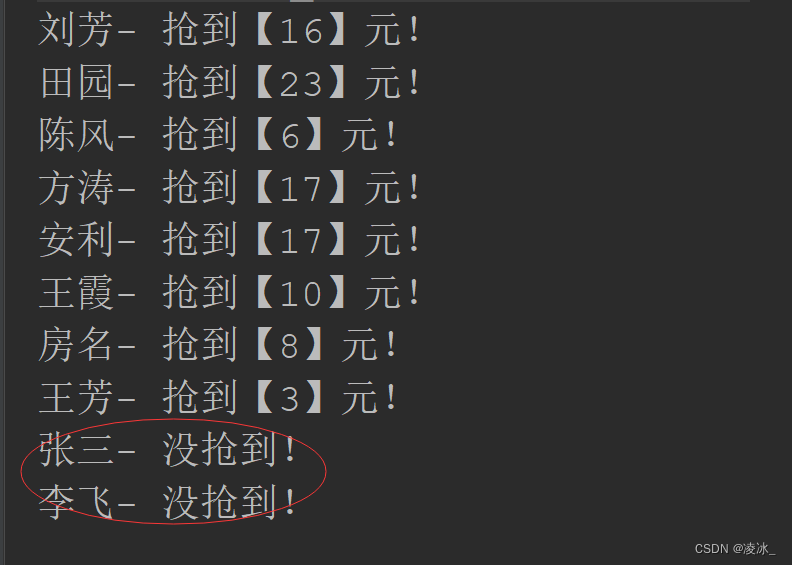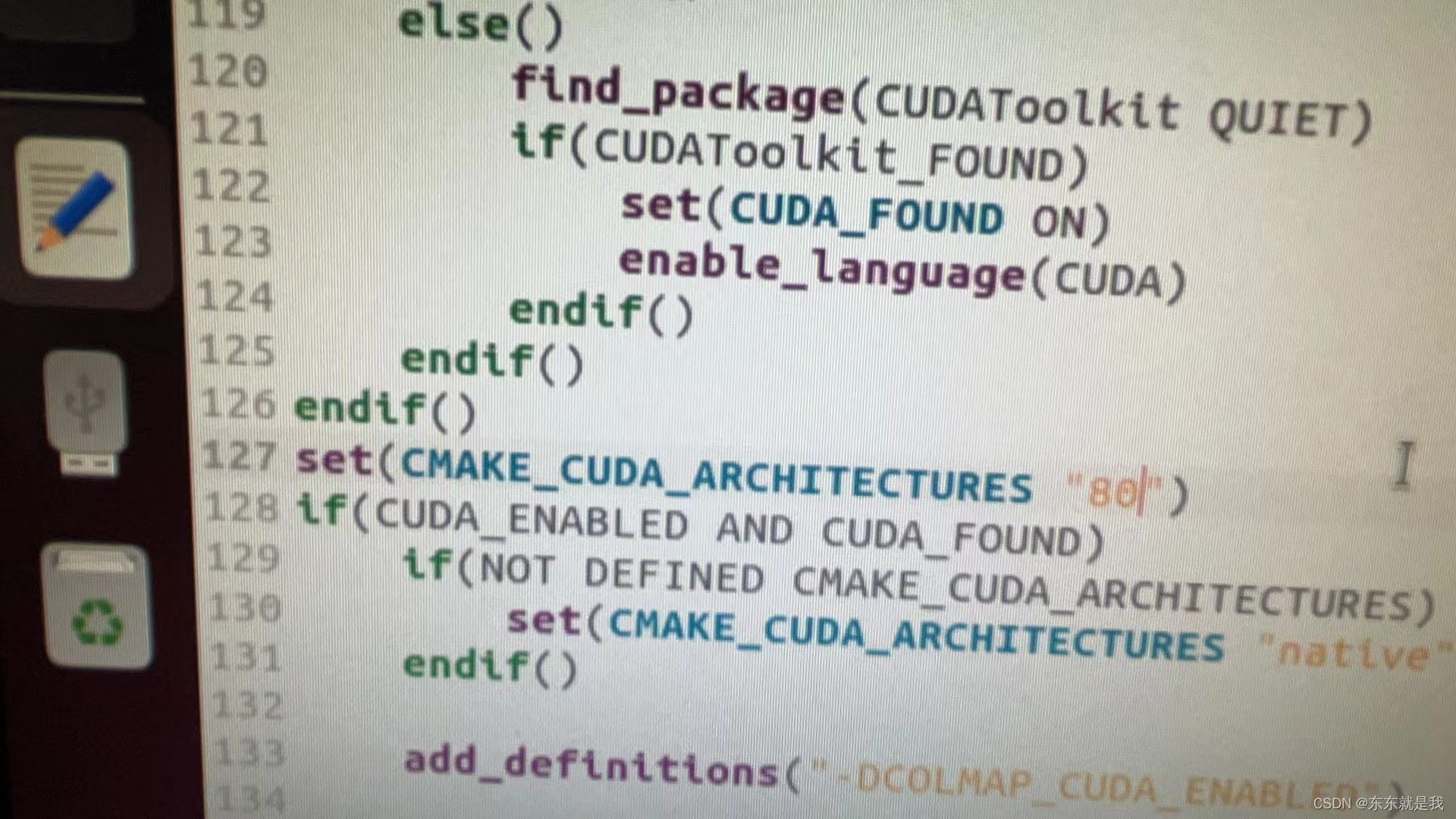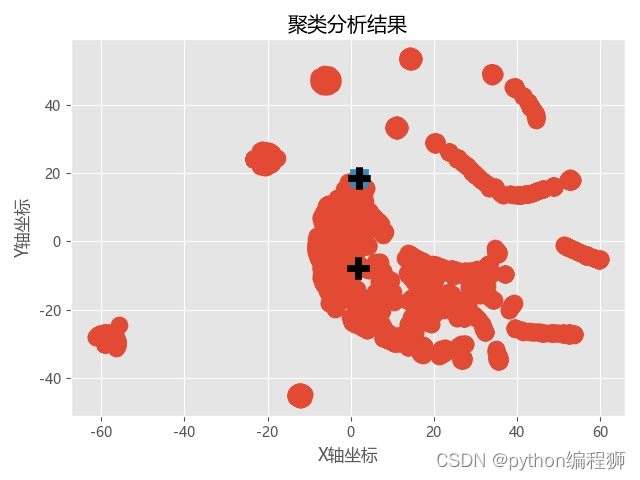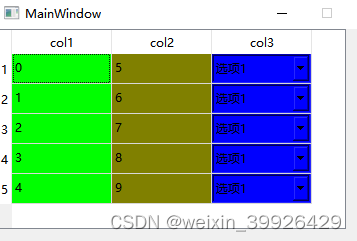分析一下代码
model.py
①下面这个方法的作用是:将传入的ch(channel)的个数调整到离它最近的8的整数倍,这样做的目的是对硬件更加友好。
def _make_divisible(ch, divisor=8, min_ch=None):
if min_ch is None:
min_ch = divisor
new_ch = max(min_ch, int(ch + divisor / 2) // divisor * divisor)
if new_ch < 0.9 * ch:
new_ch += divisor
return new_ch②定义卷积BAN和激活函数的模块类,groups是用来控制卷积结构使用普通卷积结构还是使用Depwise卷积结构。
class ConvBNActivation(nn.Sequential):
def __init__(self,
in_planes: int,
out_planes: int,
kernel_size: int = 3,
stride: int = 1,
groups: int = 1,
norm_layer: Optional[Callable[..., nn.Module]] = None,
activation_layer: Optional[Callable[..., nn.Module]] = None):
padding = (kernel_size - 1) // 2
if norm_layer is None:
norm_layer = nn.BatchNorm2d
if activation_layer is None:
activation_layer = nn.SiLU
super(ConvBNActivation, self).__init__(nn.Conv2d(in_channels=in_planes,
out_channels=out_planes,
kernel_size=kernel_size,
stride=stride,
padding=padding,
groups=groups,
bias=False),
norm_layer(out_planes),
activation_layer())③定义InvertedResidualConfig模块,对应每一个MBConv模块的配置参数。
class InvertedResidualConfig:
def __init__(self,
kernel: int, # 3 or 5
input_c: int,
out_c: int,
expanded_ratio: int, # 1 or 6
stride: int, # 1 or 2
use_se: bool, # True
drop_rate: float,
index: str, # 1a, 2a, 2b, ...
width_coefficient: float):
self.input_c = self.adjust_channels(input_c, width_coefficient)
self.kernel = kernel
self.expanded_c = self.input_c * expanded_ratio
self.out_c = self.adjust_channels(out_c, width_coefficient)
self.use_se = use_se
self.stride = stride
self.drop_rate = drop_rate
self.index = index
@staticmethod
def adjust_channels(channels: int, width_coefficient: float):
return _make_divisible(channels * width_coefficient, 8)④定义InvertedResidual模块,即MBConv模块。
class InvertedResidual(nn.Module):
def __init__(self,
cnf: InvertedResidualConfig,
norm_layer: Callable[..., nn.Module]):
super(InvertedResidual, self).__init__()
if cnf.stride not in [1, 2]:
raise ValueError("illegal stride value.")
self.use_res_connect = (cnf.stride == 1 and cnf.input_c == cnf.out_c)
layers = OrderedDict()
activation_layer = nn.SiLU
if cnf.expanded_c != cnf.input_c:
layers.update({"expand_conv": ConvBNActivation(cnf.input_c,
cnf.expanded_c,
kernel_size=1,
norm_layer=norm_layer,
activation_layer=activation_layer)})
layers.update({"dwconv": ConvBNActivation(cnf.expanded_c,
cnf.expanded_c,
kernel_size=cnf.kernel,
stride=cnf.stride,
groups=cnf.expanded_c,
norm_layer=norm_layer,
activation_layer=activation_layer)})
if cnf.use_se:
layers.update({"se": SqueezeExcitation(cnf.input_c,
cnf.expanded_c)})
layers.update({"project_conv": ConvBNActivation(cnf.expanded_c,
cnf.out_c,
kernel_size=1,
norm_layer=norm_layer,
activation_layer=nn.Identity)})
self.block = nn.Sequential(layers)
self.out_channels = cnf.out_c
self.is_strided = cnf.stride > 1
# 只有在使用shortcut连接时才使用dropout层
if self.use_res_connect and cnf.drop_rate > 0:
self.dropout = DropPath(cnf.drop_rate)
else:
self.dropout = nn.Identity()
def forward(self, x: Tensor) -> Tensor:
result = self.block(x)
result = self.dropout(result)
if self.use_res_connect:
result += x
return result⑤接下来看看EfficientNet是如何实现的,网络参数如下:

代码如下:
class EfficientNet(nn.Module):
def __init__(self,
width_coefficient: float,
depth_coefficient: float,
num_classes: int = 1000,
dropout_rate: float = 0.2,
drop_connect_rate: float = 0.2,
block: Optional[Callable[..., nn.Module]] = None,
norm_layer: Optional[Callable[..., nn.Module]] = None
):
super(EfficientNet, self).__init__()
default_cnf = [[3, 32, 16, 1, 1, True, drop_connect_rate, 1],
[3, 16, 24, 6, 2, True, drop_connect_rate, 2],
[5, 24, 40, 6, 2, True, drop_connect_rate, 2],
[3, 40, 80, 6, 2, True, drop_connect_rate, 3],
[5, 80, 112, 6, 1, True, drop_connect_rate, 3],
[5, 112, 192, 6, 2, True, drop_connect_rate, 4],
[3, 192, 320, 6, 1, True, drop_connect_rate, 1]]
def round_repeats(repeats):
return int(math.ceil(depth_coefficient * repeats))
if block is None:
block = InvertedResidual
if norm_layer is None:
norm_layer = partial(nn.BatchNorm2d, eps=1e-3, momentum=0.1)
adjust_channels = partial(InvertedResidualConfig.adjust_channels,
width_coefficient=width_coefficient)
bneck_conf = partial(InvertedResidualConfig,
width_coefficient=width_coefficient)
b = 0
num_blocks = float(sum(round_repeats(i[-1]) for i in default_cnf))
inverted_residual_setting = []
for stage, args in enumerate(default_cnf):
cnf = copy.copy(args)
for i in range(round_repeats(cnf.pop(-1))):
if i > 0:
cnf[-3] = 1
cnf[1] = cnf[2]
cnf[-1] = args[-2] * b / num_blocks
index = str(stage + 1) + chr(i + 97)
inverted_residual_setting.append(bneck_conf(*cnf, index))
b += 1
layers = OrderedDict()
layers.update({"stem_conv": ConvBNActivation(in_planes=3,
out_planes=adjust_channels(32),
kernel_size=3,
stride=2,
norm_layer=norm_layer)})
for cnf in inverted_residual_setting:
layers.update({cnf.index: block(cnf, norm_layer)})
last_conv_input_c = inverted_residual_setting[-1].out_c
last_conv_output_c = adjust_channels(1280)
layers.update({"top": ConvBNActivation(in_planes=last_conv_input_c,
out_planes=last_conv_output_c,
kernel_size=1,
norm_layer=norm_layer)})
self.features = nn.Sequential(layers)
self.avgpool = nn.AdaptiveAvgPool2d(1)
classifier = []
if dropout_rate > 0:
classifier.append(nn.Dropout(p=dropout_rate, inplace=True))
classifier.append(nn.Linear(last_conv_output_c, num_classes))
self.classifier = nn.Sequential(*classifier)
for m in self.modules():
if isinstance(m, nn.Conv2d):
nn.init.kaiming_normal_(m.weight, mode="fan_out")
if m.bias is not None:
nn.init.zeros_(m.bias)
elif isinstance(m, nn.BatchNorm2d):
nn.init.ones_(m.weight)
nn.init.zeros_(m.bias)
elif isinstance(m, nn.Linear):
nn.init.normal_(m.weight, 0, 0.01)
nn.init.zeros_(m.bias)
def _forward_impl(self, x: Tensor) -> Tensor:
x = self.features(x)
x = self.avgpool(x)
x = torch.flatten(x, 1)
x = self.classifier(x)
return x
def forward(self, x: Tensor) -> Tensor:
return self._forward_impl(x)train.py
①导入模型
from model import efficientnet_b0 as create_model②不同版本的EfficientNet网络模型,对应不同的输入图像大小。
img_size = {"B0": 224,
"B1": 240,
"B2": 260,
"B3": 300,
"B4": 380,
"B5": 456,
"B6": 528,
"B7": 600}
num_model = "B0"③实例化模型部分,传入类别个数,然后添加设备。
model = create_model(num_classes=args.num_classes).to(device)④还有一个参数为是否冻结权重,如果为true,只会微调最后一层的1*1的卷积以及FC全连接层结构,如果为false,就会训练全部的网络结构。
if args.freeze_layers:
for name, para in model.named_parameters():
if ("features.top" not in name) and ("classifier" not in name):
para.requires_grad_(False)
else:
print("training {}".format(name))predict.py
①创建模型,num_classes的大小需要根据自己的数据集类别个数进行改变,不仅这里需要改变,训练时也需要改变。
model = create_model(num_classes=5).to(device)②导入之前训练的模型权重即可。
model_weight_path = "./weights/model-29.pth"开始训练
1. 在train.py脚本中将--data-path设置成解压后的视网膜病变数据集文件夹的绝对路径。
2.下载预训练权重,根据自己使用的模型下载对应预训练权重。
3. 在train.py脚本中将--weights参数设成下载好的预训练权重路径。
4. 设置好数据集的路径--data-path以及预训练权重的路径--weights就能使用train.py脚本开始训练了(训练过程中会自动生成class_indices.json文件)。
5. 在predict.py脚本中导入和训练脚本中同样的模型,并将model_weight_path设置成训练好的模型权重路径(默认保存在weights文件夹下)。
6. 在predict.py脚本中将img_path设置成你自己需要预测的图片绝对路径。
7. 设置好权重路径model_weight_path和预测的图片路径img_path就能使用predict.py脚本进行预测了。
8. 数据集必须按照视网膜病变数据集的文件结构进行摆放(即一个类别对应一个文件夹),并且将训练以及预测脚本中的num_classes设置成正确的数据类别数。
基于efficientnetb0.pth预训练权重的训练结果如下:
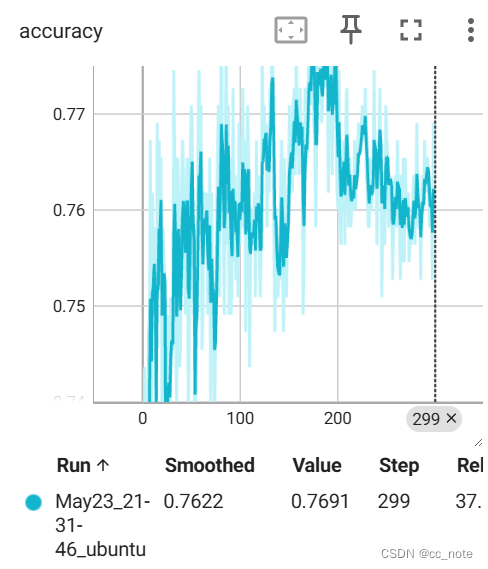
基于efficientnetb7.pth预训练权重的训练结果如下(粉色部分):

